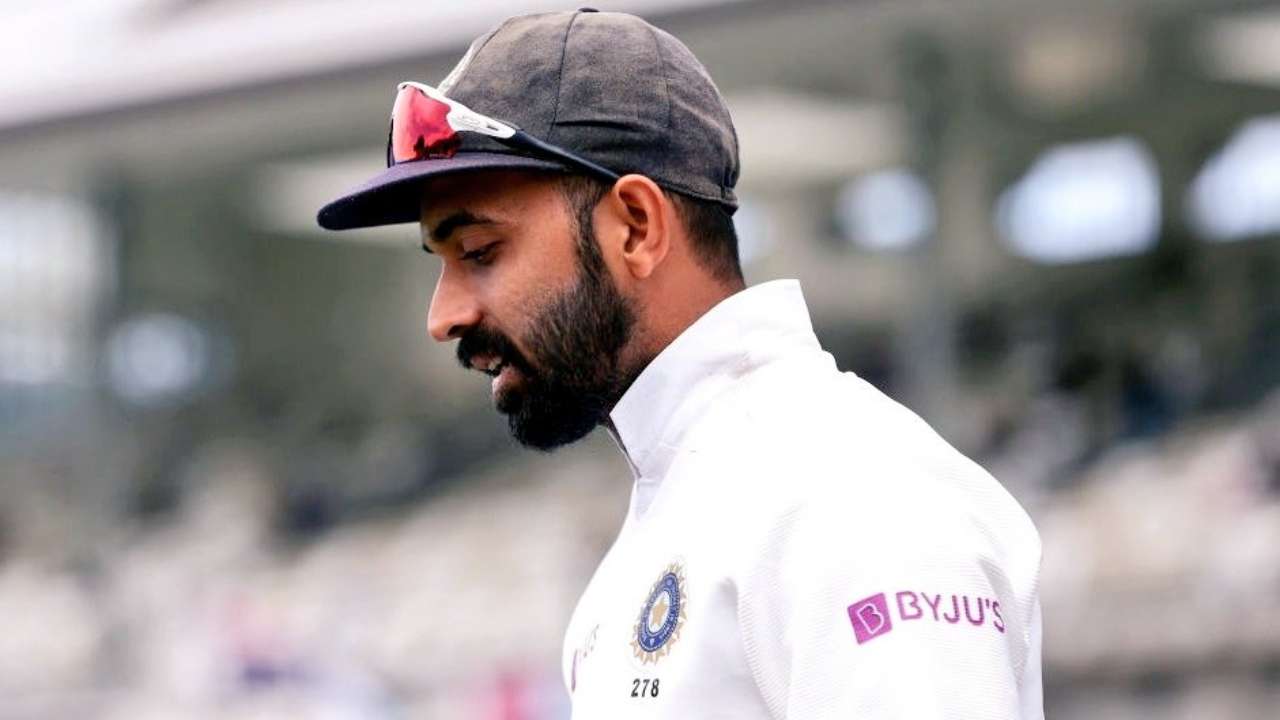Share
Written By
Edited By
DNA Web Team
Reported by
DNA webdesk
India arrived in Melbourne carrying a big scar of their performance in Adelaide. After registering an 88-year low, and with no Virat Kohli and Mohammed Shami in the side, the chances of India staging a revival were not talked about much. Before the start, Ajinkya Rahane, the Indian captain who is in place of Virat Kohli, said, “In the last Test match, we had two good days, just one bad hour where we actually lost it completely but the chat after that was all about backing ourselves as individuals.” That stress on the point of one bad hour proved to be the calming influence, suggesting that India was making a move-on. This was the good work Ajinkya Rahane had done before the match. The calm and focus was evident when India strode out to the field at the Melbourne Cricket Ground on Boxing Day.
Match captaincy brilliant
When Ajinkya Rahane took over as the captain, Ishant Sharma said that he is a bowler’s captain who listens to pacers and spinners as to when they want to bowl. In accordance with that, Ajinkya Rahane showed an attacking intent with three slips and a gully. Jasprit Bumrah bowled to the length for that field and he got the wicket of Joe Burns.
Rahane continued to surprise when he introduced Ravichandran Ashwin in the 11th over of the match. On an Australian wicket, this ploy has never been used before. However, in the past, Ashwin has bowled well with the new ball and he got turn and bounce. The field placing was also accurate for Ashwin, with deep mid on, short leg, short midwicket and leg slip in place. Australia were caught between attack and defence. It was the beginning of the pressure application.
Leg trap works wonders
In the past, it has often been observed that Steve Smith’s unconventional batting technique results in catches down the leg side. Chris Woakes in England exposed this flaw during the 2019 Ashes although it was 774 runs too late. In 2014, India realised this 192 runs too late when Steve Smith had already taken the game away from them. In 2020, Rahane drew upon all the experience and awareness to set-up the leg side trap.
In Adelaide, R Ashwin had gotten Smith with a straight delivery that skidded on. In Melbourne, with the pitch assisting spin and bounce, he got the offbreak to turn back in. In the normal world, Smith could have glanced it to the fine leg boundary. In this case, thanks to Ajinkya Rahane’s captaincy, he found leg slip and departed for 0. The leg side trap worked brilliantly for Steve Smith’s apprentice, Marnus Labuschagne. In 2018, Australia had set a shortish backward square leg and Pat Cummins bowled the right lengths to strange Virat Kohli and Cheteshwar Pujara for 0. Even Ajinkya Rahane was strangled down the leg side although he was dismissed by the keeper catch.
 In 2020, Ajinkya Rahane remembered the trap again. Mohammed Siraj bowled a full ball on the pads and Labuschagne went for the flick. However, he could not keep it down and Shubman Gill, positioned at shortish backward square leg took the catch to send Labuschagne back for 48. Drawing on past experiences, Ajinkya Rahane nipped Steve Smith and Labuschagne, two of Australia’s best players in the bud.
In 2020, Ajinkya Rahane remembered the trap again. Mohammed Siraj bowled a full ball on the pads and Labuschagne went for the flick. However, he could not keep it down and Shubman Gill, positioned at shortish backward square leg took the catch to send Labuschagne back for 48. Drawing on past experiences, Ajinkya Rahane nipped Steve Smith and Labuschagne, two of Australia’s best players in the bud.
A bowler’s captain
His innovation in employing R Ashwin in the 11th over meant he followed the adage that when the ball seams, it spins. The keen observation and tactical fielding helped India keep a check on Australia’s progress.
However, India faced a slight problem when Travis Head and Labuschagne were going about their job with a solid stand approaching 100. It was then that Rahane turned to the leader of the attack. Getting Bumrah in was a masterstroke aided by some luck. In the 42nd over, Bumrah had bowled two no-balls. Crucially, one of the extra deliveries resulted in the wicket of Head and the stand was broken.
After he got the wicket, he rotated the bowlers cleverly. Getting Ashwin and Siraj, a combination of pace and bounce did not give the batsmen time to settle. The tail was blown away by Bumrah, unlike in Adelaide. In that Test, Virat Kohli had spread the field for the tail-ender. In Melbourne, Rahane was attacking every single time and it yielded four wickets for 40 runs. At the end of the day, Ajinkya Rahane stood tall and it has gone some way in eliminating the scars of Adelaide. If India can win in Melbourne, then one can truly say that the Indian cricket team has the mindset to bounce back after a loss of such magnitiude. They can thank Ajinkya Rahane for it.
